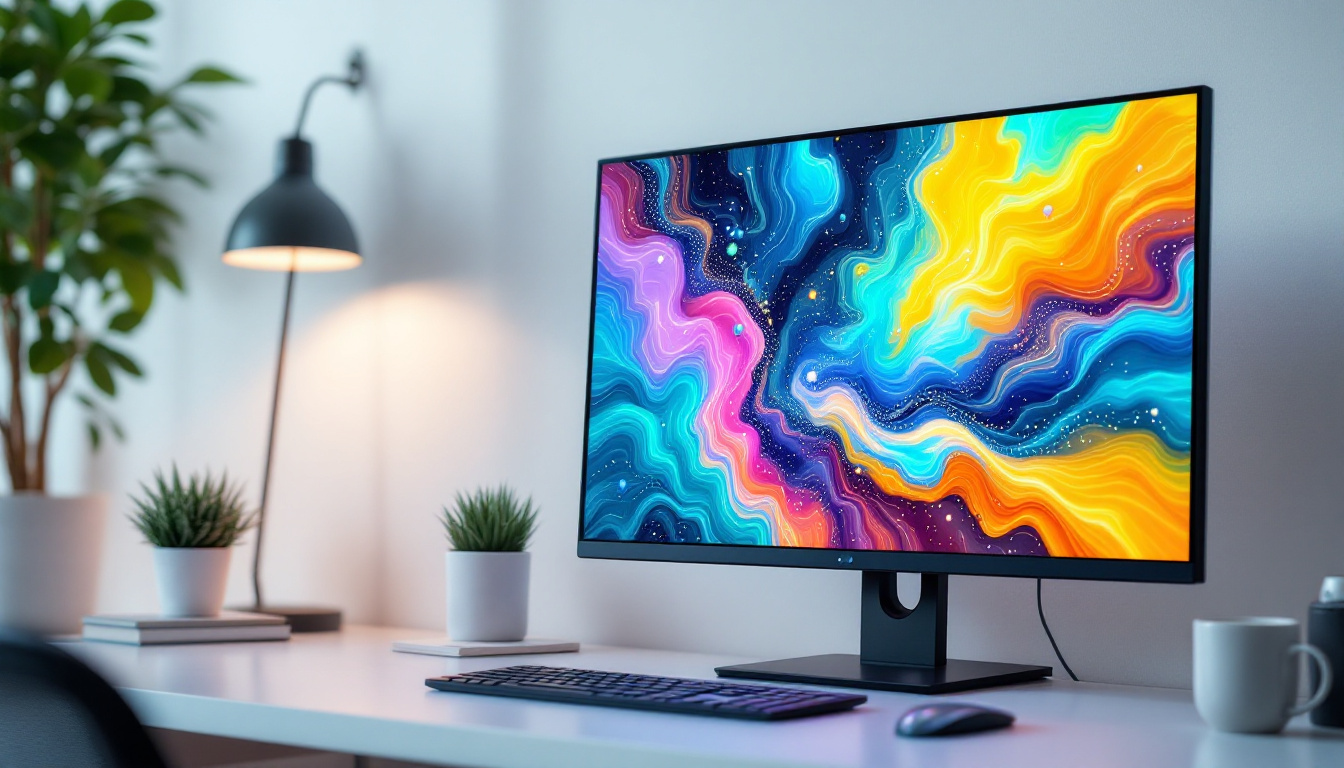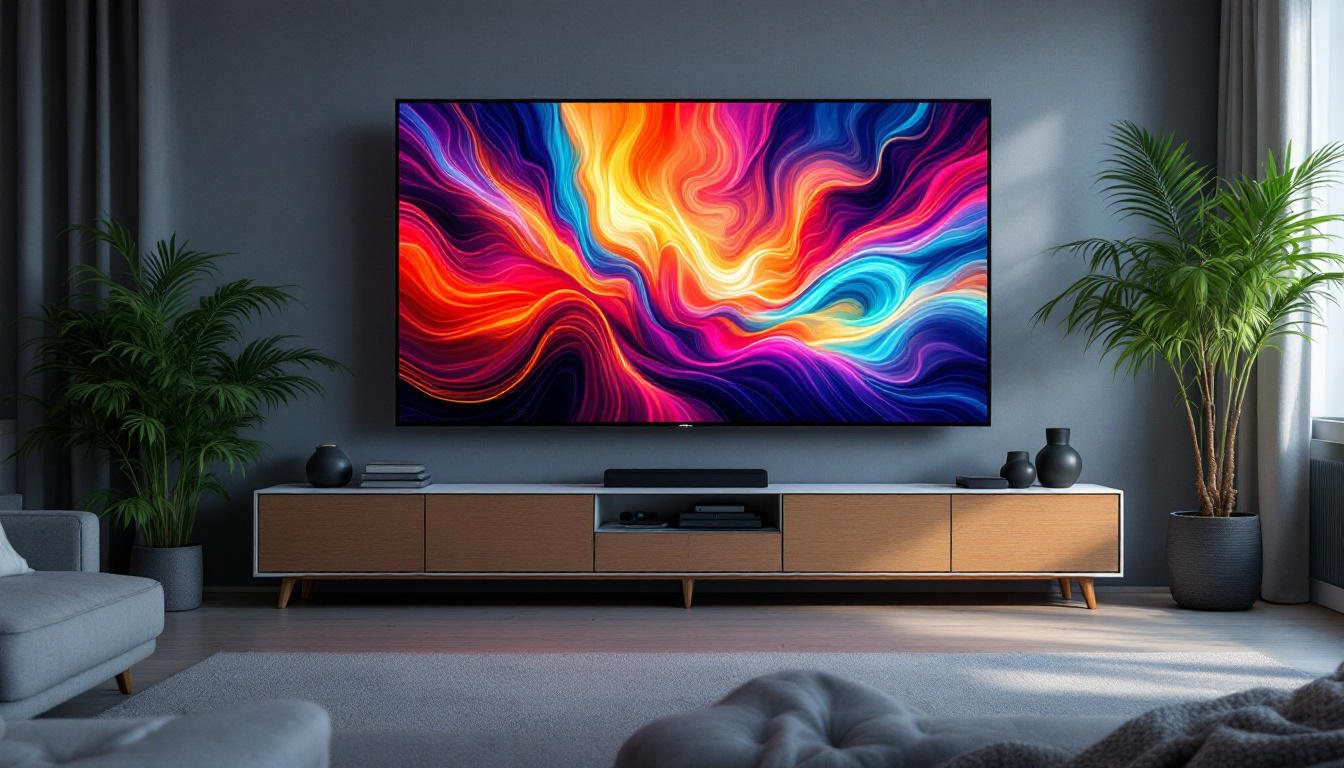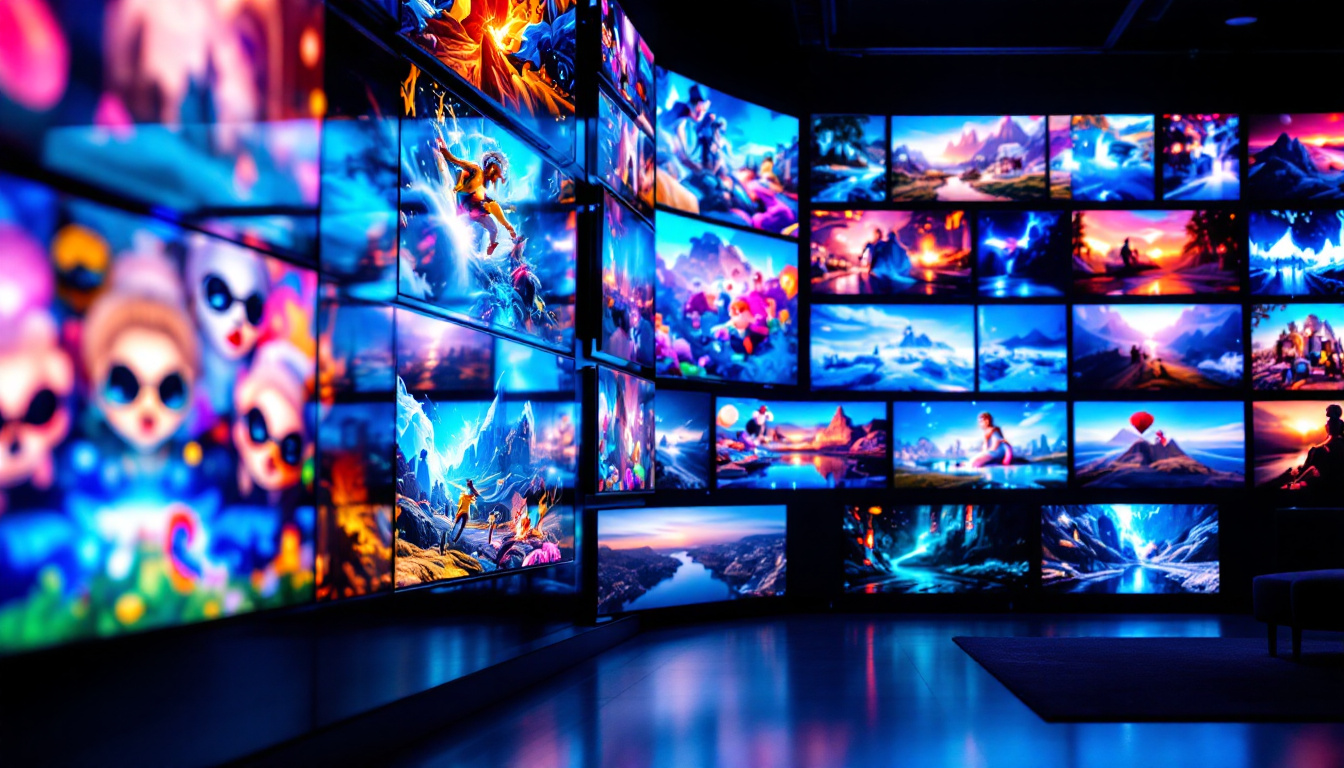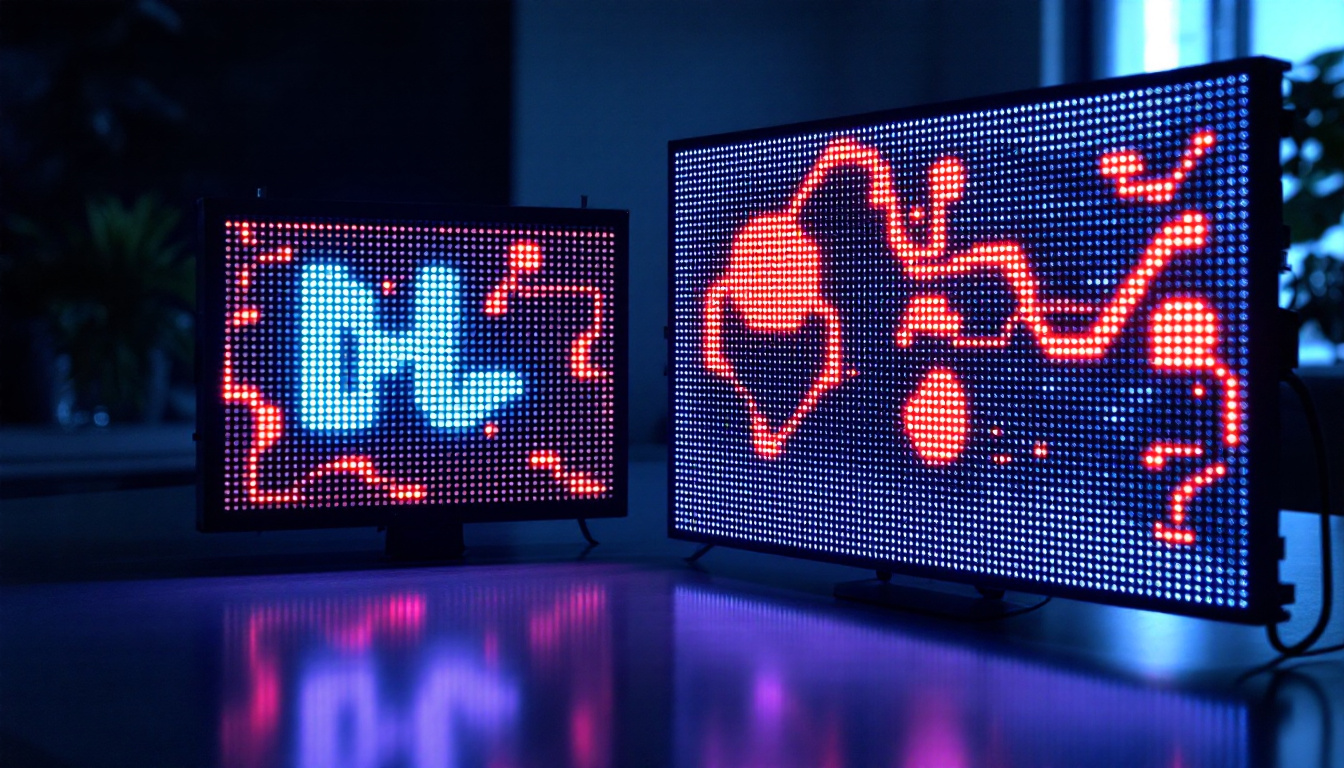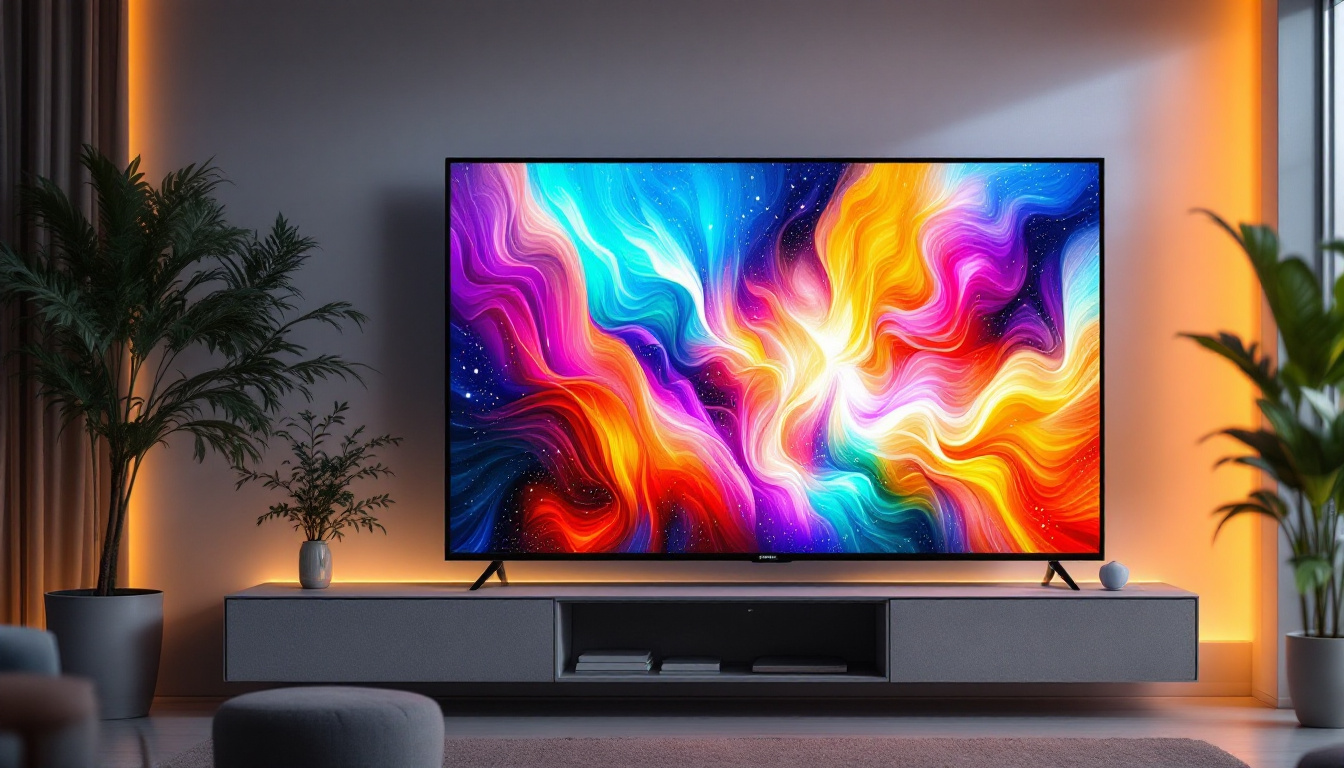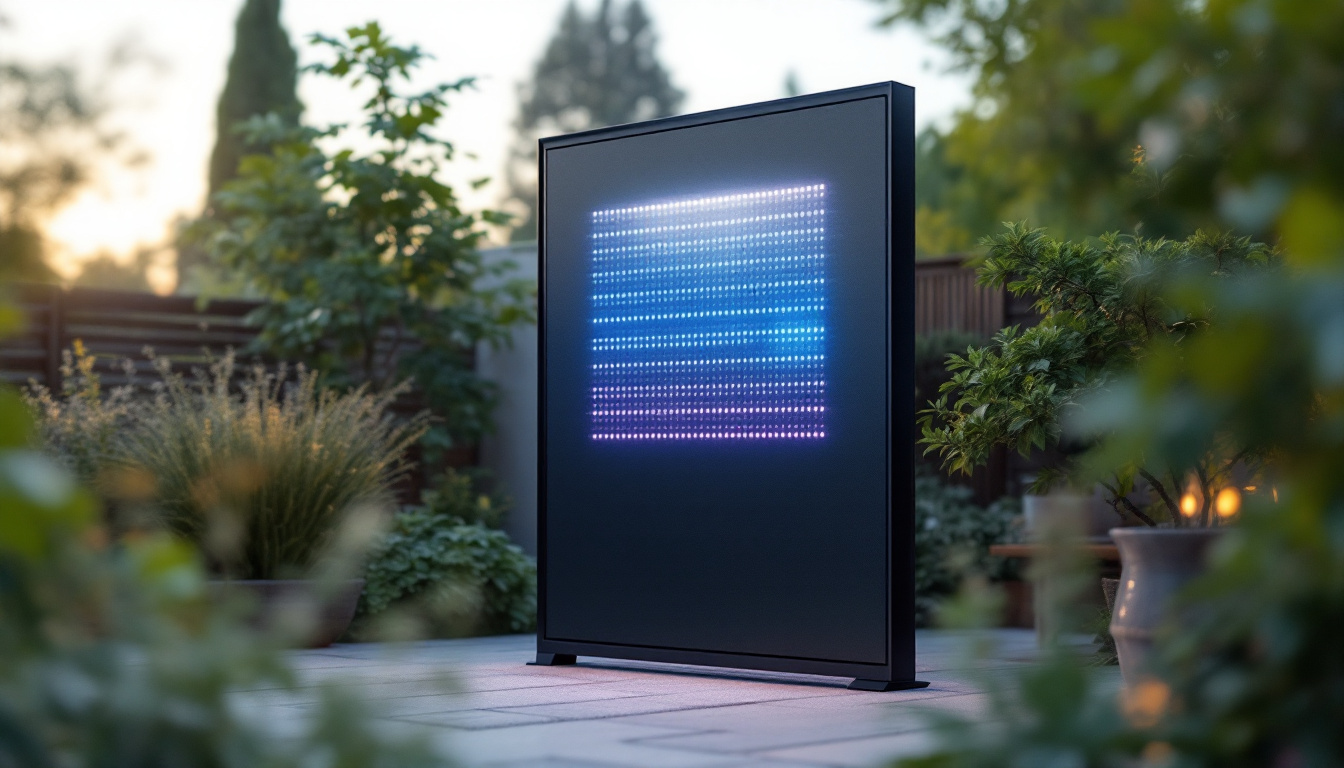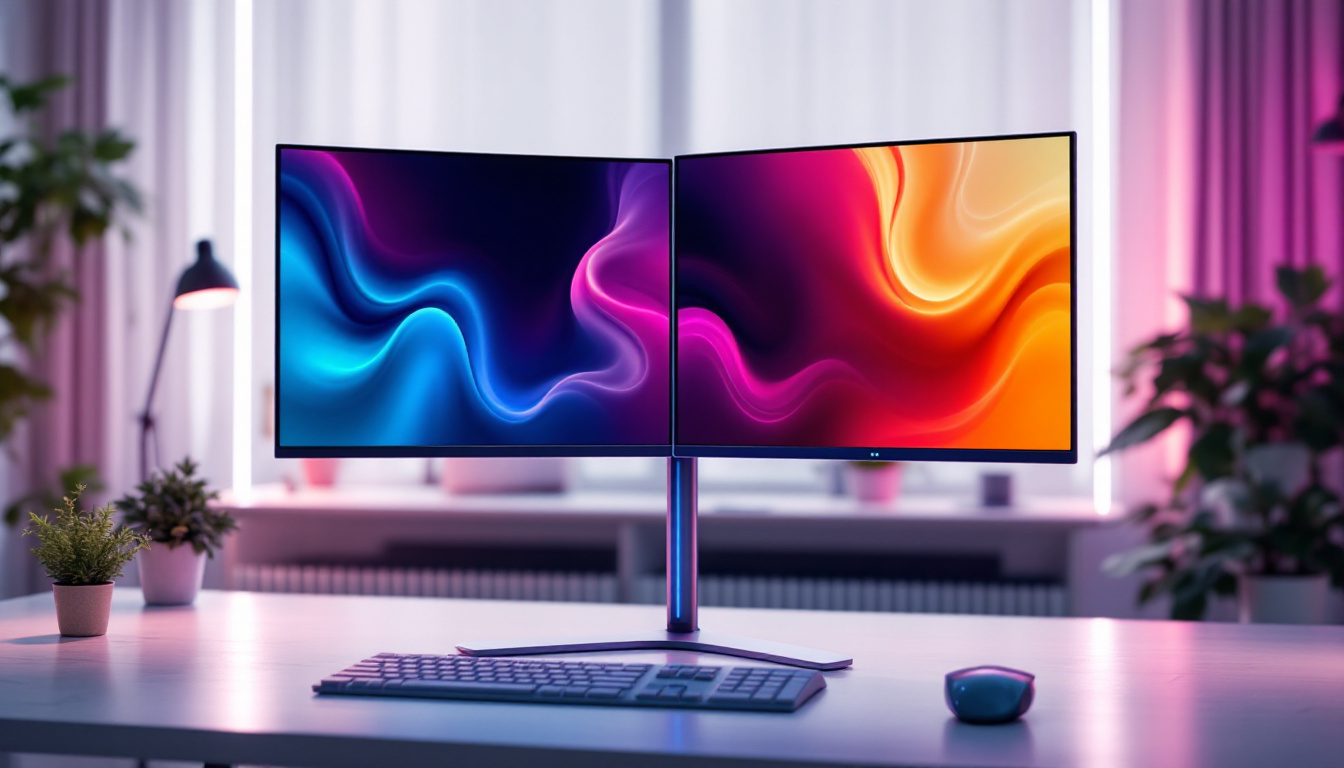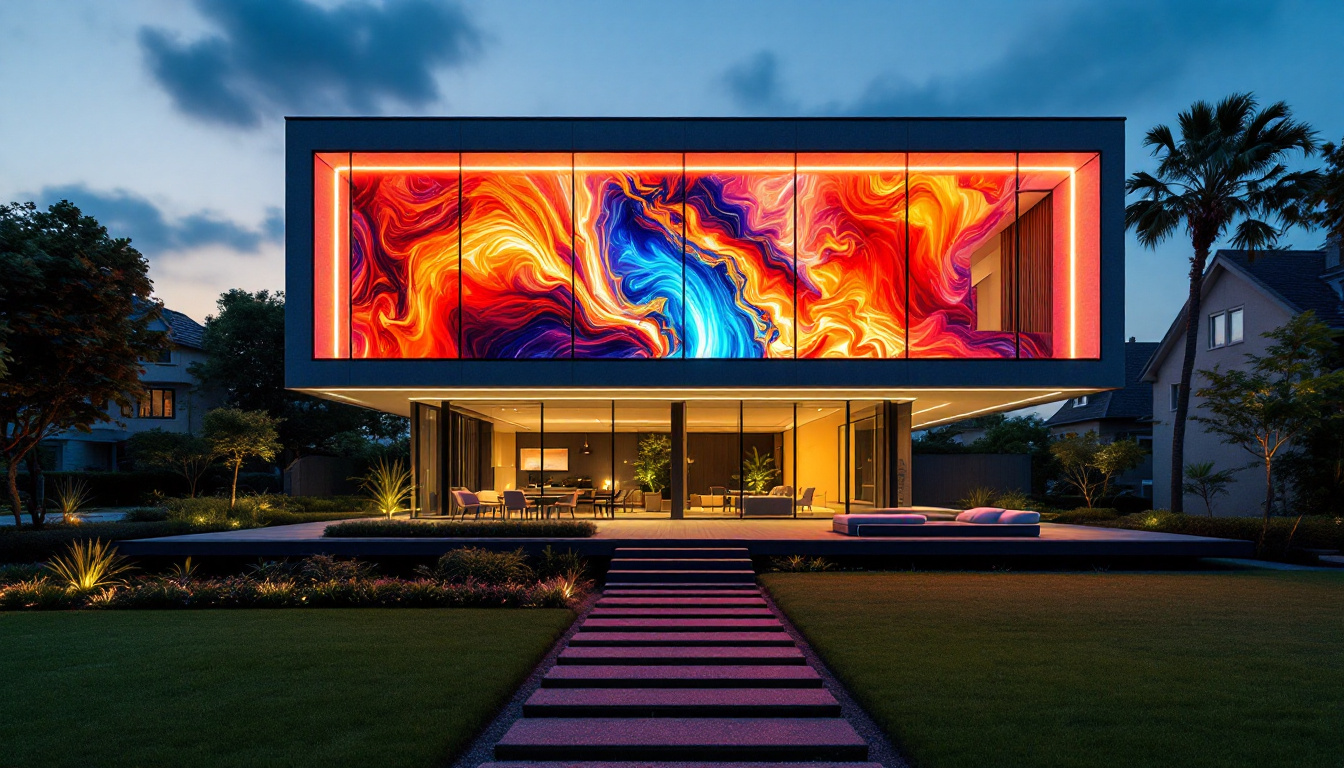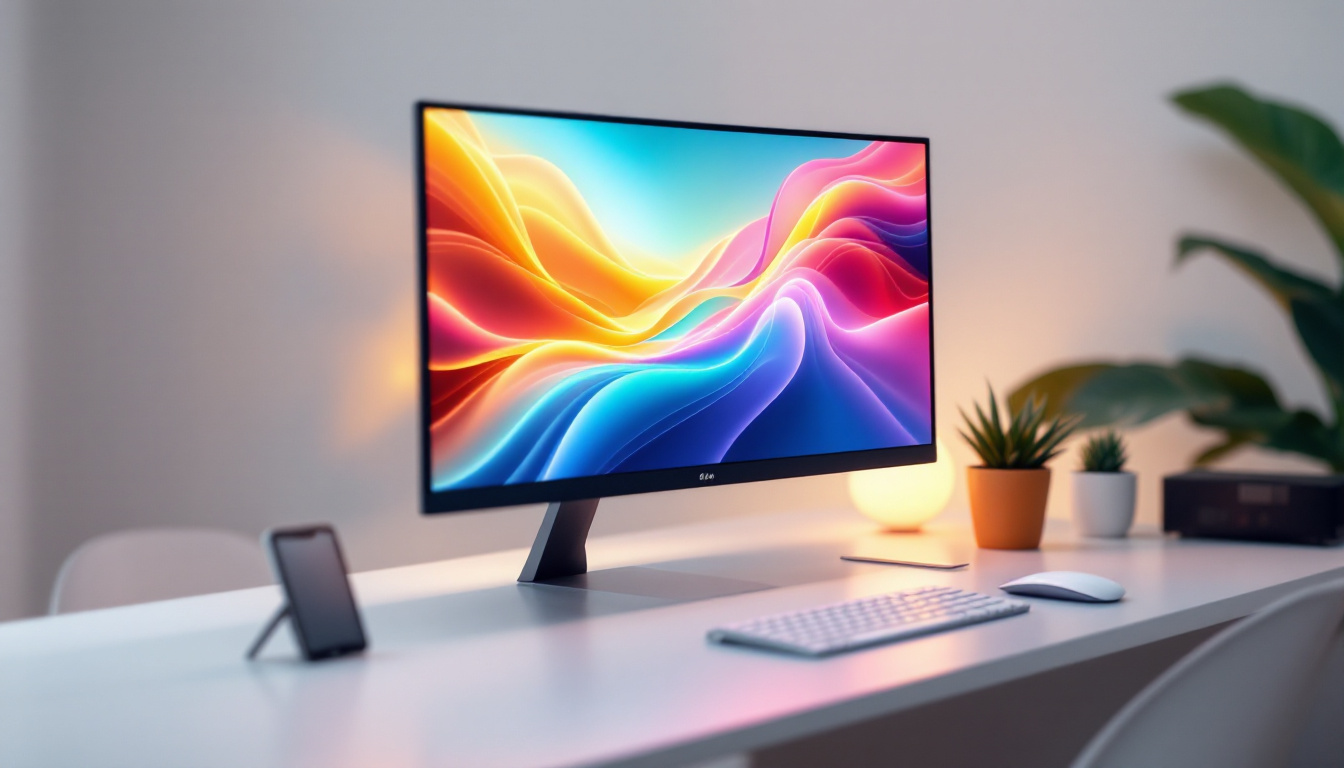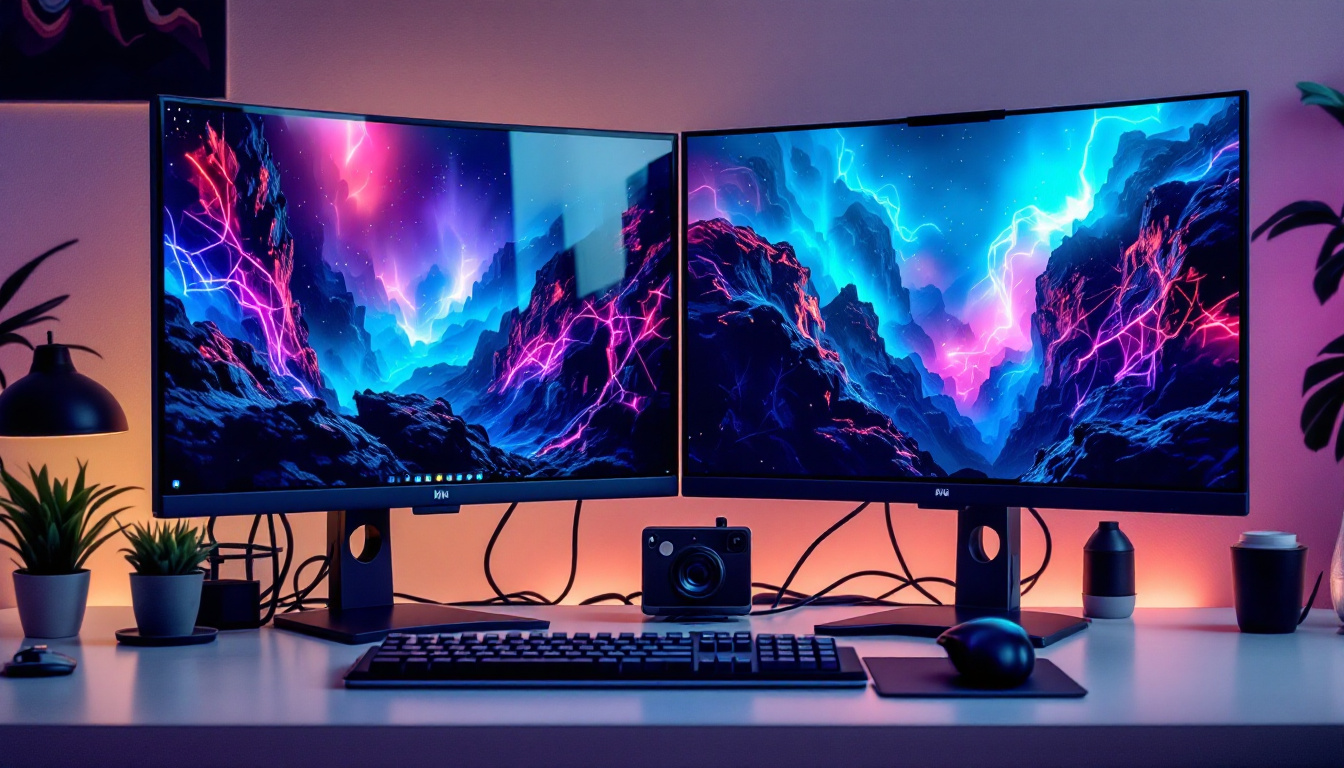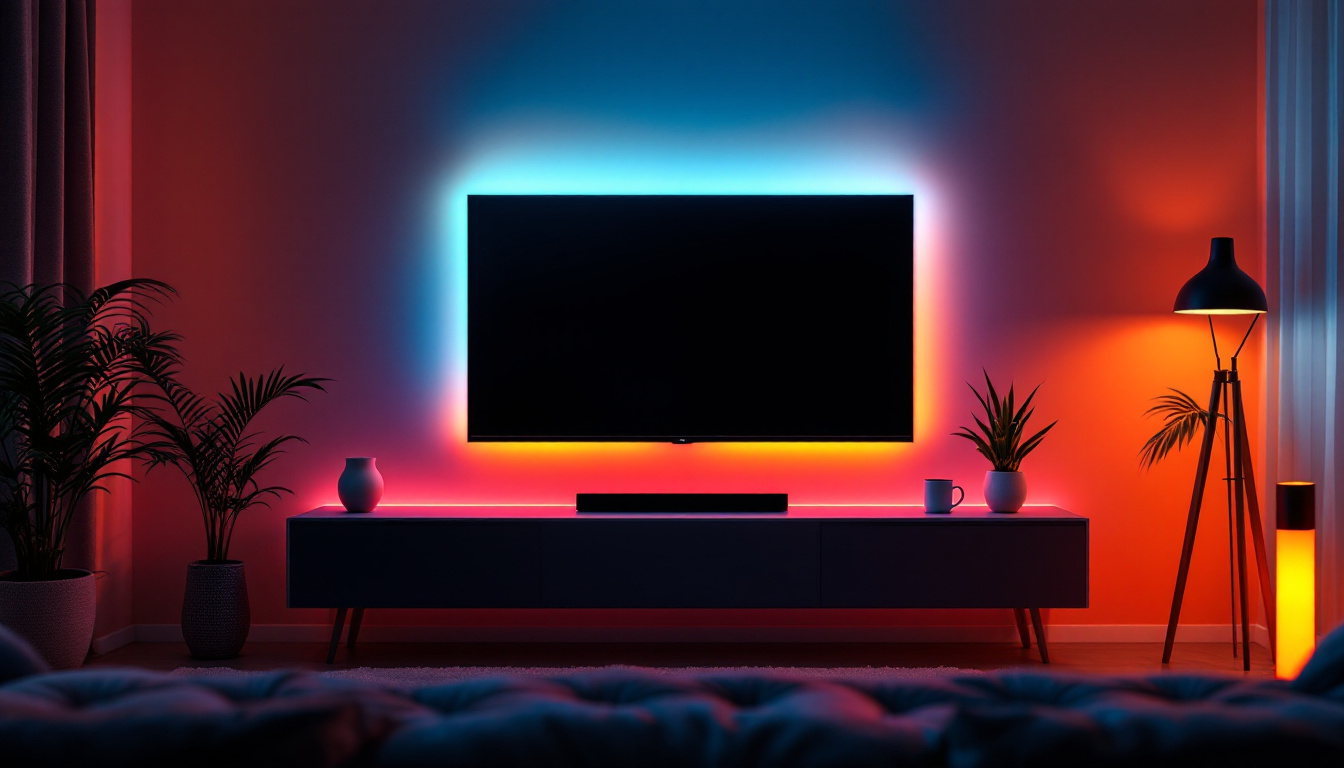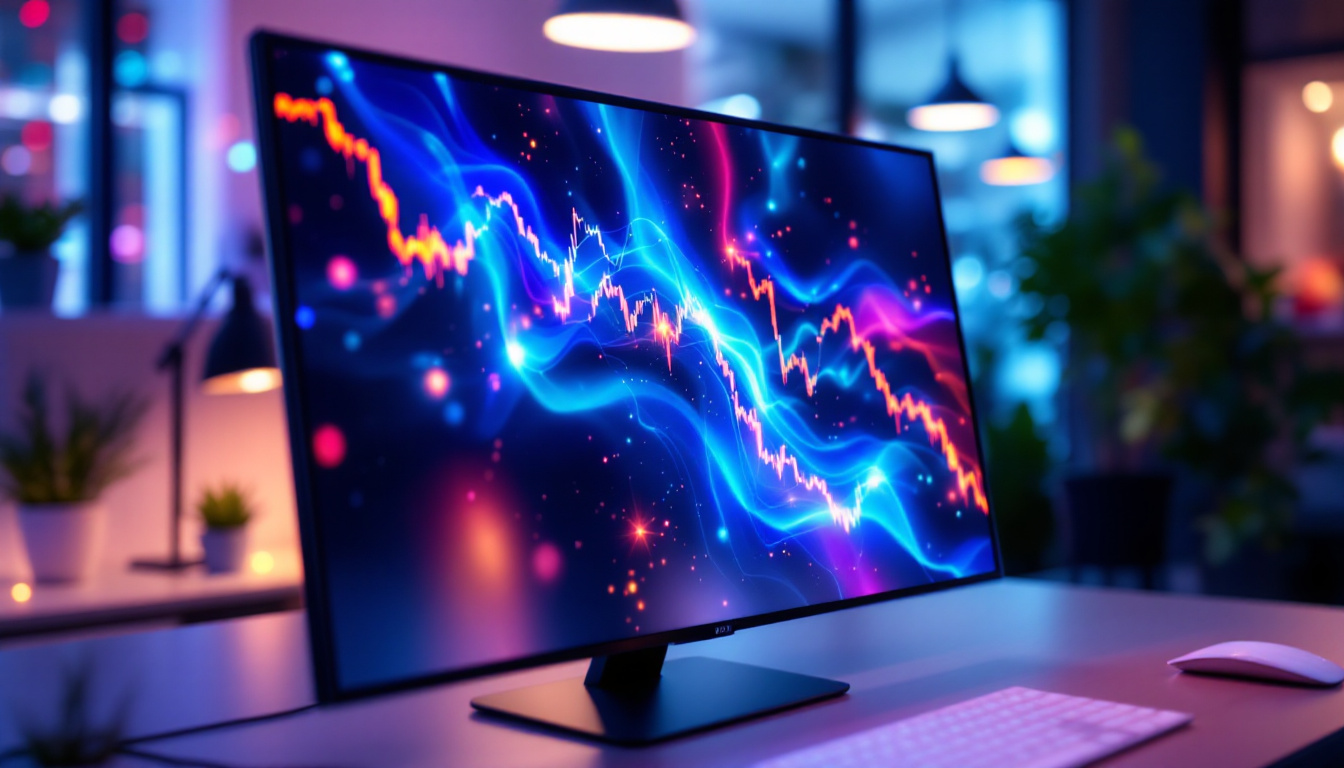In today’s digital age, the demand for interactive displays has surged, leading to the popularity of touch screen monitors. Among these, the 22-inch touch screen monitor stands out for its versatility and practicality. This article delves into the intricacies of LED displays, particularly focusing on how they enhance the functionality of touch screen monitors.
Understanding Touch Screen Technology
Touch screen technology has revolutionized the way users interact with devices. By allowing direct interaction with what is displayed, touch screens eliminate the need for traditional input devices like keyboards and mice. This section explores the various types of touch screen technologies and their applications.
Types of Touch Screen Technologies
There are primarily four types of touch screen technologies: resistive, capacitive, infrared, and optical. Each type has its unique characteristics and applications.
- Resistive Touch Screens: These screens respond to pressure. They consist of two flexible layers separated by a small gap. When pressure is applied, the layers touch, registering the input. This technology is cost-effective and works well with styluses or gloved hands.
- Capacitive Touch Screens: Utilizing the electrical properties of the human body, capacitive screens are more sensitive and responsive than resistive ones. They support multi-touch gestures, making them ideal for smartphones and tablets.
- Infrared Touch Screens: These screens use an array of infrared light beams across the display. When an object interrupts the beams, the screen registers a touch. They are highly durable and can be used in various environments.
- Optical Touch Screens: Similar to infrared, optical touch screens use cameras to detect touch. They offer high clarity and can support larger displays, making them suitable for kiosks and large interactive displays.
Applications of Touch Screen Monitors
Touch screen monitors are widely used across various sectors. In retail, they enhance customer interaction and streamline transactions. In education, they facilitate interactive learning experiences, allowing students to engage directly with the material. Healthcare professionals utilize touch screens for easy access to patient records and data.
Moreover, in industrial settings, touch screen monitors can withstand harsh conditions, providing operators with an intuitive interface to control machinery and monitor processes. The versatility of touch screens makes them an essential tool in modern technology.
In the hospitality industry, touch screens have transformed the way services are delivered. From self-service kiosks in fast-food restaurants to interactive room controls in hotels, these devices enhance user experience by providing quick and efficient service. Guests can check in, order food, or even adjust room settings with just a few taps, making their stay more enjoyable and personalized.
Additionally, touch screen technology is making significant strides in automotive applications. Modern vehicles increasingly feature touch screens as central control interfaces for navigation, entertainment, and vehicle settings. This integration not only streamlines the driving experience but also promotes safety by reducing the need for physical buttons, allowing drivers to keep their focus on the road while accessing essential functions with ease.
The Role of LED Technology in Displays
LED (Light Emitting Diode) technology has transformed the landscape of display technology. Known for their energy efficiency and vibrant color reproduction, LED displays are a popular choice for touch screen monitors. This section discusses the advantages of LED technology and how it complements touch screen functionality.
Advantages of LED Displays
LED displays offer several advantages over traditional LCD displays. One of the most notable benefits is their energy efficiency. LED monitors consume significantly less power, making them an eco-friendly option.
Additionally, LED displays provide superior brightness and contrast ratios. This results in sharper images and more vibrant colors, enhancing the overall user experience. The thin profile of LED technology also allows for sleeker designs, making touch screen monitors more aesthetically pleasing. Furthermore, the longevity of LED displays is a key advantage; they typically last longer than traditional display technologies, reducing the need for frequent replacements and contributing to lower overall maintenance costs.
Color Accuracy and Brightness
Color accuracy is crucial for applications that require precise visual representation, such as graphic design and photography. LED displays excel in this area, providing a wider color gamut and better color reproduction than their counterparts.
Brightness is another critical factor, especially in environments with varying lighting conditions. LED displays can achieve higher brightness levels, ensuring that content remains visible and clear, even in brightly lit rooms. This capability is particularly beneficial in commercial settings, such as retail stores and exhibition spaces, where eye-catching visuals can significantly influence customer engagement. Moreover, advancements in LED technology, such as local dimming and HDR (High Dynamic Range), further enhance the display’s ability to deliver stunning visuals, allowing for deeper blacks and more luminous highlights that captivate viewers.
Key Features of a 22-Inch Touch Screen Monitor
A 22-inch touch screen monitor strikes a balance between screen size and usability. It is large enough to provide an immersive experience while remaining compact enough for various settings. Here are some key features that define a quality 22-inch touch screen monitor.
Multi-Touch Capability
Multi-touch capability is an essential feature for modern touch screen monitors. This allows users to perform gestures such as pinch-to-zoom and swipe, enhancing interactivity. Multi-touch functionality is particularly beneficial in applications like gaming, design, and presentations. For instance, in graphic design software, users can manipulate images with their fingers, making the creative process more intuitive and fluid. Furthermore, multi-touch support can facilitate collaborative work, allowing multiple users to interact with the screen simultaneously, which is especially useful in educational or brainstorming environments.
High Resolution and Aspect Ratio
The resolution of a monitor significantly impacts the clarity of images and text. A 22-inch touch screen monitor typically offers a resolution of 1920×1080 pixels (Full HD), ensuring that content is sharp and detailed. The standard 16:9 aspect ratio provides a widescreen experience, making it suitable for video playback and multitasking. This high resolution is particularly advantageous for professionals who work with detailed graphics or require precise text clarity, such as architects or software developers. Additionally, the widescreen format enhances the viewing experience for movies and gaming, allowing users to immerse themselves in their favorite content without compromising on quality.
Ergonomic Design
Ergonomics is a crucial consideration for any monitor, especially for those used in professional settings. A well-designed 22-inch touch screen monitor should feature adjustable stands, allowing users to customize the height and angle for optimal comfort. Additionally, features like anti-glare screens can reduce eye strain during prolonged use. Beyond physical adjustments, some monitors also incorporate blue light filtering technology to minimize eye fatigue, making them suitable for long hours of work or study. The overall design should also consider cable management solutions, keeping the workspace tidy and organized, which can further enhance user comfort and productivity.
Choosing the Right 22-Inch Touch Screen Monitor
Selecting the right touch screen monitor involves considering various factors that align with specific needs and use cases. This section outlines essential criteria to help make an informed decision.
Intended Use and Environment
Understanding the intended use of the monitor is paramount. For instance, a monitor used in a retail environment may require a more durable design to withstand frequent interactions, while a monitor for home use may prioritize aesthetics and multimedia capabilities.
Additionally, the environment plays a significant role. Monitors used in bright settings should have higher brightness levels and anti-glare features, while those used in dimly lit areas can focus more on color accuracy and contrast.
Connectivity Options
Connectivity is another critical factor. A good 22-inch touch screen monitor should offer multiple connectivity options, including HDMI, USB, and VGA ports. This ensures compatibility with various devices, from computers to gaming consoles.
Furthermore, some monitors may offer additional features such as built-in speakers and USB hubs, which can enhance the overall user experience.
Budget Considerations
Budget is often a determining factor in the selection process. While it’s tempting to opt for the cheapest option, investing in a quality monitor can yield better performance and longevity. It’s advisable to compare features and read reviews to find a balance between cost and quality.
Maintenance and Care for Touch Screen Monitors
Cleaning the Screen
Cleaning the screen regularly is vital to maintain clarity and responsiveness. It’s recommended to use a microfiber cloth and a gentle cleaning solution specifically designed for screens. Avoid using abrasive materials or harsh chemicals, as they can damage the screen’s surface.
Additionally, it’s crucial to turn off the monitor before cleaning to prevent accidental touches and ensure a thorough cleaning process.
Software Updates
Keeping the monitor’s software up to date is essential for optimal performance. Manufacturers often release updates that improve functionality and fix bugs. Regularly checking for updates and installing them can enhance the user experience and ensure compatibility with new applications.
Physical Care
Physical care involves ensuring that the monitor is placed in a stable environment. Avoid placing heavy objects on top of the monitor, and ensure that it is securely mounted if using a wall mount. Additionally, protecting the monitor from extreme temperatures and humidity can prevent damage.
Conclusion
The 22-inch touch screen monitor with LED display technology represents a significant advancement in user interaction and display quality. With its versatile applications, enhanced features, and superior performance, it is an ideal choice for both personal and professional use.
Understanding the various aspects of touch screen technology, LED displays, and the key features of a 22-inch monitor can aid in making an informed decision. By considering intended use, connectivity options, and maintenance practices, users can ensure they select a monitor that meets their needs and stands the test of time.
As technology continues to evolve, touch screen monitors will undoubtedly play an increasingly vital role in how individuals and businesses interact with digital content. Investing in a quality touch screen monitor today can pave the way for a more interactive and engaging future.
Discover LumenMatrix’s Advanced LED Displays
Ready to elevate your interactive experiences with the latest in touch screen technology? LumenMatrix is at the forefront of LED display innovation, offering a wide range of solutions that bring your content to life. From vibrant Indoor LED Walls to dynamic Vehicle LED Displays and beyond, our products are designed to captivate and engage. Embrace the future of visual communication with LumenMatrix and transform the way you share your message. Check out LumenMatrix LED Display Solutions today and see the difference for yourself.

